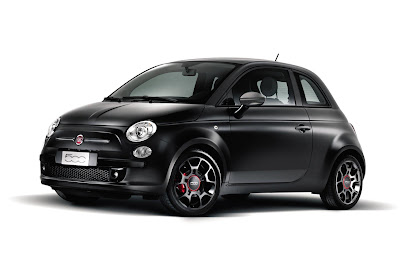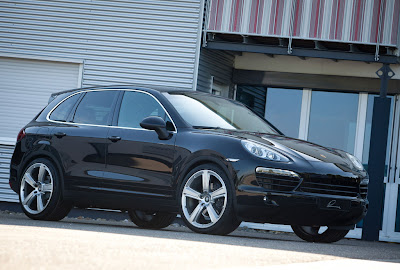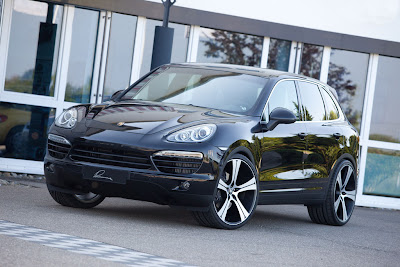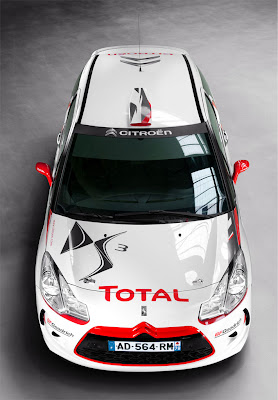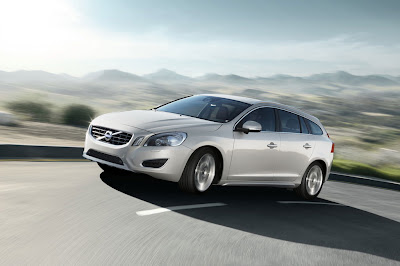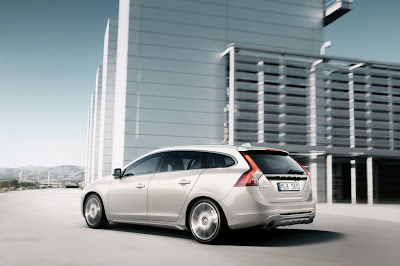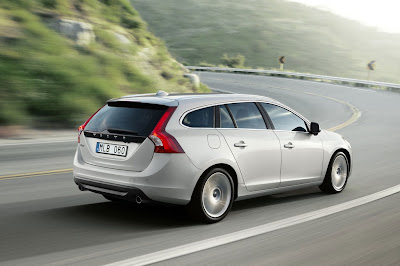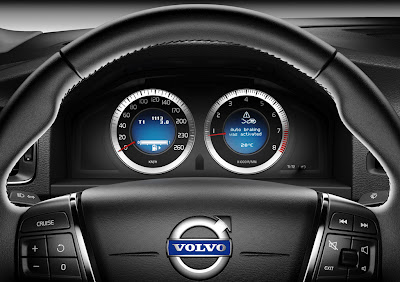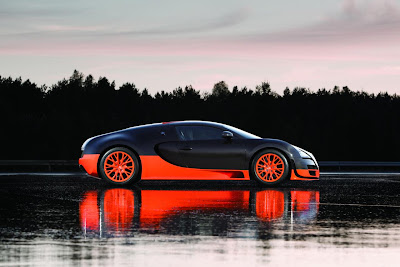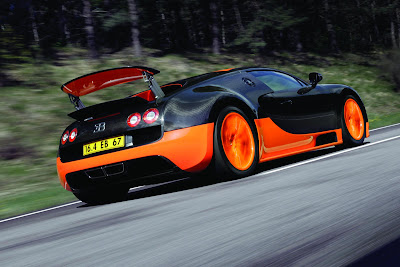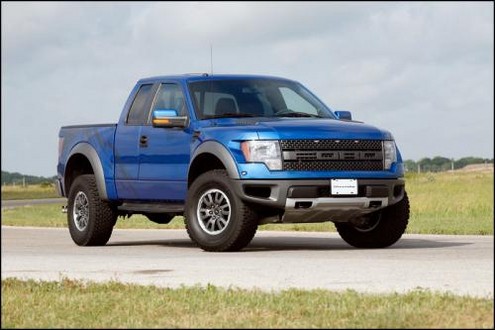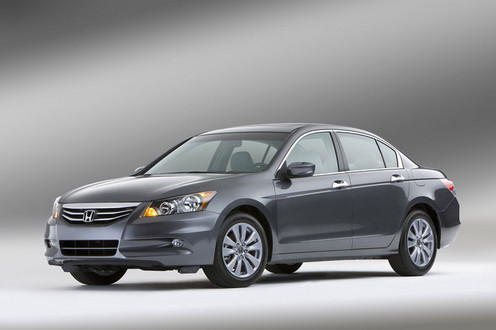
Following the successful launch in European cities the new smart fortwo electric drive will take to the roads of North American cities from the autumn. The electrically powered trendsetter has been rolling off the production line since November 2009 – and due to the huge demand the initial production volume has been increased from 1000 to 1500 vehicles. The second generation smart fortwo electric drive is equipped with an innovative and highly efficient lithium-ion battery. It is neatly accommodated between the axles, which means that space is not compromised in any way in the intelligent two-seater vehicle. A 30 kW electric motor is fitted at the rear. This provides for very good acceleration and high agility with 120 Newton metres of torque that are immediately available. The smart fortwo electric drive can be charged at any normal household socket. The fully charged battery has sufficient power to cover approximately 135 kilometres in accordance with the New European Driving Cycle, making it ideal for urban use. smart has made electric drive a practical alternative for mobility with zero local emissions in urban areas. The first of the new smart fortwo electric drive vehicles were handed over to customers in Berlin at the end of 2009, and the environmentally friendly pioneer will now demonstrate its suitability for everyday use in further cities in Europe, North America and Asia. From 2012 the smart fortwo electric drive will be available to anyone interested in almost 40 smart markets.
Marc Langenbrinck, responsible for brand management at smart says "In 1998 smart revolutionised urban mobility with the unique smart fortwo vehicle concept. Now smart is once again taking on a pioneering role and redefining zero-emission urban mobility. We are the first manufacturer to launch a series-produced electric vehicle. Daimler is spearheading electric mobility with the smart fortwo electric drive. The smart fortwo electric drive is a further logical step in the evolution of the smart brand which boasts the fleet with the lowest fuel consumption anyway."
Environmental friendliness and state-of-the-art functionality have been defining features of the smart fortwo ever since it was launched more than ten years ago. Since then its innovative concept has combined sustainable, forward-looking technologies with individual urban mobility. With a length of just over two and a half metres the extremely compact vehicle can also park perpendicular to the flow of traffic. In addition, the space-saving and environmentally friendly two-seater currently has the lowest fleet consumption and it brings its occupants to their destination comfortably and safely. Its design is fresh, youthful, modern and yet sophisticated and has made it an automotive lifestyle icon which shows that mobility, responsibility to the environment and joie de vivre are compatible with one another. The smart fortwo has established a class of its own.
smart fortwo electric drive offers innovative driving fun
The new smart fortwo electric drive, which started rolling off the production line in November 2009, is a logical continuation of a very ambitious goal: the production of a well-engineered, attractive city car that has no local exhaust gas emissions i.e. a zero emission vehicle. In 2007 smart kicked off zero-emission motoring in London with its tough city traffic conditions. Since then 100 smart fortwo electric drives of the first generation have been in practical customer operation there. The feedback from the UK capital has been very positive and confirms the high degree of maturity of this vehicle concept.
In 2008 smart presented the second generation smart fortwo electric drive, a more advanced electric drive with an innovative lithium-ion battery. Lithium-ion technology has decisive advantages over other types of batteries including better performance, shorter charging times, a long life and high reliability. Marc Langenbrinck says "The second generation smart fortwo electric drive is based on a successful and accepted vehicle concept with character and inherent environmentally friendly characteristics. Its innovative electric battery drive makes it the perfect car for the city: it is agile, economical and climate-friendly. Motoring with zero local emissions in an urban environment has become a reality. This equates to driving fun with no compromises."
Electric drive factored in from the very first concept
The smart fortwo electric drive is a smart fortwo that does not make any compromises with regard to safety, agility, comfort and space. Electric drives have been part of the smart concept right from the start. The later integration of the components needed for electric drive was planned at a very early stage. For example, there is space for the battery in the underfloor between the axles where the tank is located in other smart models. The electric drive module does not limit the space available in the smart fortwo electric drive in any way; there is just as much interior and luggage compartment space as in a smart fortwo with a combustion engine.
Powerful drive
A 30 kW magneto-electric motor is installed at the rear of the new smart fortwo electric drive and reacts directly without delay. Powerful torque of 120 Newton metres is immediately available. This results in a surprising amount of power when pulling away. The smart fortwo electric drive accelerates from 0 - 60 km/h in 6.5 seconds – just as quickly as a petrol model which it initially leaves behind it. After a year of driving the first generation smart fortwo electric drive in everyday conditions on British roads one of the participants in the large-scale London trial said "You can beat anything at the lights". The maximum speed of the smart fortwo electric drive has been deliberately limited to 100 km/h, a suitable maximum speed for the city.
Thanks to the power characteristic of the electric motor, just one single fixed gear ratio is required. There is no need for any gear changing – a major advantage in dense city traffic. To reverse, the engine's direction of rotation changes. "Fantastic and easy to drive. You just get in, turn on and go" was how experienced users from London summed up the smart fortwo electric drive.
The second generation smart fortwo electric drive is powered by a lithium-ion battery developed by Tesla Motors Inc. with electrical energy of 16.5 kWh. It is simple to charge at any fused 220 Volt socket. A fully charged battery is sufficient for up to 135 kilometres of driving fun (NEDC). This range is more than enough for city traffic as studies have shown that cars drive an average of 30 - 40 kilometres per day in towns and cities. For this, the vehicle only needs to be charged for three hours. At an average speed of 25 - 30 km/h that is normal in city traffic the smart fortwo electric drive can drive for around four to five hours continuously before it needs to be recharged. Plugging the car in overnight will fully recharge the battery.
Generation differences
First generation smart fortwo electric drive Second generation smart fortwo electric drive
In everyday use in London since 2007 Production of a small series started at the end of 2009
Battery: NaNiCl (sodium-nickel-chloride), works at temperatures between 280 and 320 degrees Celsius, and therefore needs to be heated. Also has an insulated casing like a thermos flask. Battery: lithium-ion, works at normal temperatures. The lithium-ion battery enables a cold start at minus 25 degrees Celsius. More useable energy with the same size. The same battery size as for the first generation smart was chosen. The range has increased from 100 km to 135 km.
Power output: 20 kW Power output: 20 kW plus peak power output of 30 kW for approximately 2 minutes. The peak power can be called up with the kickdown function.
Electronics optimise the battery status and power consumption
Special electronics ensure that all is well with the battery. This battery management system constantly monitors voltage, electricity and temperature. If one of these parameters reaches a specified limit – for example when driving up long hills at constant peak power (kickdown) – the electronics reduce the power output. However, this is barely noticeable and it rules out the risk of battery overload.






The electronics also monitor the charging process and control the capacity display. The vehicle's power electronics supply the vehicle's electrical system with electric current from the battery via a DC/DC converter. In addition, they also control the heating and air conditioning, for example, to minimise the strain on the battery. Clever drivers can air condition their smart fortwo electric drive
in advance as long as their vehicle is being charged at home – the long-standing dream of stationary cooling becomes a reality! No other car offers this comfortable option.
Extensive equipment
The new second generation smart fortwo electric drive is based on the smart fortwo coupé/cabrio with high quality equipment. As well as air conditioning with automatic temperature control and pre-air conditioning, the equipment includes smart radio 9, electric power steering, electric windows, electrically adjustable and heated door mirrors, a two-spoke leather steering wheel, leather gear knob and 12-spoke alloy wheels. In addition to the battery indicator, an ammeter shows the consumption and the recuperated energy. Furthermore, all new second generation smart fortwo electric drives have green painted alloy wheels, green mirror caps, green contrast components and a green tridion cell created with green adhesive foil. The words "electric drive" on the rear and in the mirror triangle also draw attention to the vehicle's special status.
Very low costs
There are also numerous factors in different countries that make electric mobility attractive for customers. Tax relief and other government subsidies play an important role. For example, the state of Monaco offers tax relief of up to €9,000 to electric car owners. Other countries have also set up funding programmes for sustainable mobility. France grants a "super environment incentive" of €5000 for every vehicle emitting less than 60 grams of CO2 per kilometre. In Great Britain there is a bonus of up to ₤5000 and in Belgium of €4540. In Denmark such cars are exempt from the extremely high registration tax and there are lots of further examples in Europe. In the USA there is a federal tax benefit of up to $7500 plus additional benefits depending on the state or city. China and Japan have announced subsidies of €6,500 and €11,000 respectively.
The maintenance costs are considerably lower than those of a smart with a combustion engine as the battery, motor and other components of the electric drive are maintenance-free.
smart fortwo electric drive in major cities in Europe and the USA
Since the end of 2009 the second generation smart fortwo electric drive has been delivered to selected customers. Leases are offered for a period of four years and 60,000 kilometres. The first vehicles were handed over to customers in December within the framework of the "e-mobility Berlin" project. Here, in cooperation with the energy provider RWE and with the support of the German government and the city of Berlin, Daimler is creating ideal conditions for running battery-driven vehicles with no local emissions. This includes setting up a network of electricity charging stations that enable intelligent communication between electric vehicles and the power network so that the battery can be charged when electricity is cheapest. But as mentioned, the smart fortwo electric drive can also be charged at any household safety socket with a 16 amp fuse (standard in Germany and other countries).
Further new generation smart fortwo electric drive vehicles will take to the roads of Hamburg, Paris, Rome, Milan, Pisa, London and the Midlands, Madrid, Zurich, Portugal, Denmark, the Czech Republic, Austria, Belgium and the Netherlands during the first half of 2010. In the autumn of 2010 the smart fortwo electric drive will then also be launched in cities in the USA and Canada, and from 2011 in some Asian countries. There is already a very lively demand for the smart fortwo electric drive, and from 2012 it will be produced in large volumes as a normal part of the smart range and sold via the smart dealer network. This third generation will be fitted with a new lithium-ion battery which Daimler is developing to production maturity in cooperation with Evonik. The lithium-ion battery currently used comes from Tesla and represents state-of-the-art technology. However, further progress is anticipated. The main differences between the two batteries lie in the structural design. The Tesla battery consists of lots of cylinder-shaped cells. The Daimler battery will be made up of fewer but larger plate units. This will first and foremost enable a greater energy density to be achieved (with greater energy content for a higher range) and an even longer life.
With the smart fortwo electric drive the brand is underlining its pioneering role on the road to attractive individual mobility with no local emissions in cities and urban areas. Dr. Joachim Schmidt, Head of Sales and Marketing at Mercedes-Benz Cars says "All in all we believe that the outlook for electric mobility is good. Whilst our competitors are still presenting electric show cars, smart brought production models that are fully suitable for everyday use to the roads last year. This once again demonstrates our technical expertise and responsibility."







